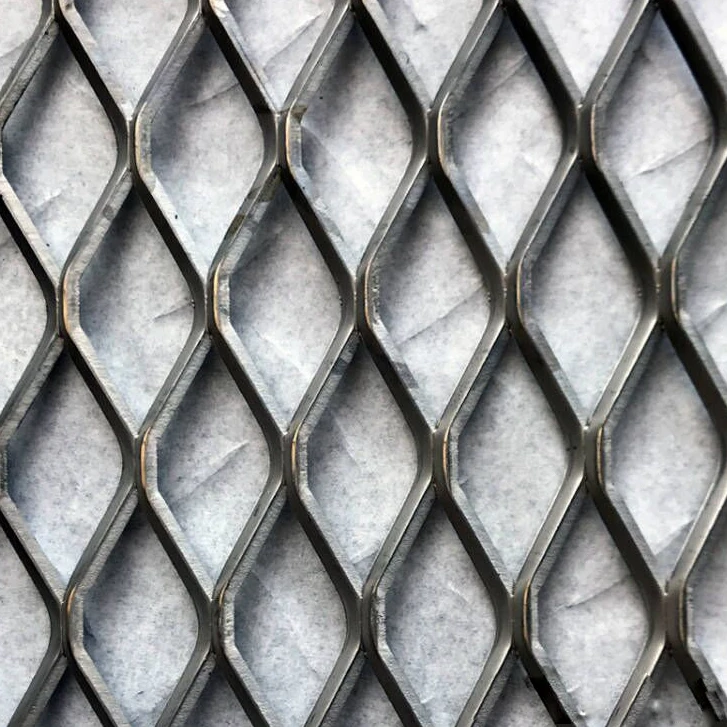The Role of Materials in Sound Barriers
In our increasingly noisy world, sound pollution has become a significant concern for urban dwellers and rural residents alike. Noise from traffic, industrial activities, and other human pursuits can disrupt the tranquility of home and nature, leading to detrimental effects on health and well-being. This growing issue has spurred the need for effective sound mitigation strategies, one of the most widely used being sound barriers. Central to their effectiveness is the choice of materials used in their construction.
Sound barriers, often seen along highways, railways, and industrial zones, serve to reduce the transmission of noise from these sources to adjacent areas. The effectiveness of these barriers is largely dependent on their physical properties, particularly their material characteristics. To minimize sound transmission, materials must have sufficient mass and density, which impede sound waves—a principle based on the physics of sound propagation.
Material Properties
When selecting materials for sound barriers, density is a crucial factor. Dense materials like concrete and masonry are commonly used due to their ability to absorb and reflect sound waves effectively. These materials can be designed into solid walls that withstand high decibel levels, making them ideal for urban environments where road noise is prevalent. Another effective option is rubber and composite materials, which not only offer density but also flexibility, enabling them to reduce vibrations and minimize sound transmission.
In addition to mass and density, the geometry of the barrier plays an important role. For instance, curved designs can help deflect sound waves, further enhancing their ability to mitigate noise. This can be coupled with the use of absorptive materials. Acoustic panels made from materials like mineral wool or specialized foam can absorb sound energy, preventing it from reflecting back into the environment. When used in conjunction with dense materials, they create a highly effective sound-attenuating system.
materials for sound barriers

Environmental Considerations
While the effectiveness of sound barriers is paramount, the environmental impact of the materials chosen is an essential consideration. As sustainability becomes a global priority, the use of eco-friendly materials for sound barriers is gaining traction. Recycled materials, such as recycled plastics and glass, provide high levels of sound attenuation while minimizing waste. Bamboo, a highly renewable resource, is also being explored as a potential material due to its impressive sound-absorbing qualities and low environmental footprint.
Moreover, innovative designs increasingly incorporate vegetation into sound barrier structures. Green walls and living fences not only diminish noise pollution but also contribute to biodiverse ecosystems. Plants naturally absorb sound and provide aesthetic value, enhancing the surrounding environment while fulfilling their core purpose of noise reduction.
Challenges and Solutions
Despite the advantages of various materials, constructing effective sound barriers comes with challenges. Costs can escalate, especially when using high-quality or specially engineered materials. However, investing in durable, efficient sound barriers is often justified when considering the long-term benefits to public health and property values. Moreover, continuous advancements in material science are leading to the development of more cost-effective solutions without compromising performance.
In conclusion, the selection of materials for sound barriers is a critical factor that influences their effectiveness in noise reduction. From dense concrete structures to innovative green solutions, the choices are diverse and impactful. As urbanization continues to expand, the need for effective noise mitigation strategies becomes more pressing. By understanding the properties and applications of various materials, we can create sound barriers that not only protect communities from unwanted noise but also promote sustainability and enhance the overall quality of life. Sound barriers, therefore, not only stand as physical structures but as essential components in the quest for a quieter, healthier world.
-
The Strength and Versatility of Aluminum Expanded Metal Mesh
NewsJun.10,2025
-
Safety Guards and Machine Enclosures Using Expanded Mesh
NewsJun.10,2025
-
Performance with Round Hole Perforated Mesh in Wall Panels
NewsJun.10,2025
-
How Steel Grating Trench Covers Distribute Weight Efficiently
NewsJun.10,2025
-
How Deck Mesh Railing Enhances Backyard Aesthetics
NewsJun.10,2025
-
Comparing Bar Thickness and Spacing in Steel Grating
NewsJun.10,2025
Subscribe now!
Stay up to date with the latest on Fry Steeland industry news.

